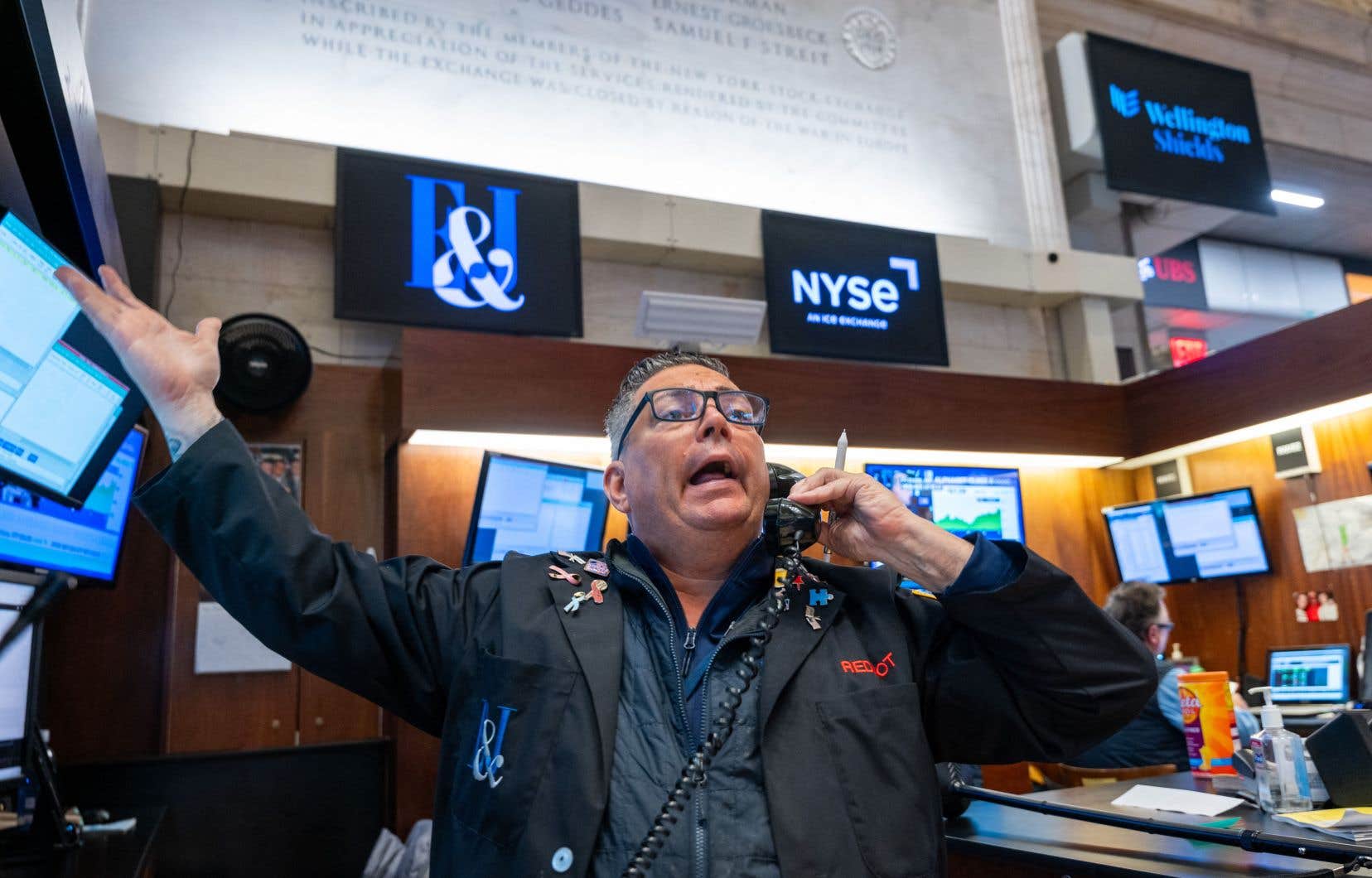The job market slowed in April in the United States, with hiring down and unemployment up slightly, at a time when the Fed is battling a rebound in inflation and six months before the presidential election.
In April, 175,000 jobs were created, compared to 315,000 in March – data revised upwards – according to figures published Friday by the Labor Department.
The unemployment rate increased slightly, to 3.9% from 3.8%.
Analysts expected 240,000 job creations and a stable unemployment rate of 3.8%, according to the Market Watch consensus.
The employment situation is a key subject in the race for the White House, for the presidential election on November 5, which should see, as in 2020, a duel between Democratic President Joe Biden and his Republican predecessor Donald Trump.
“America’s great comeback continues,” greeted Joe Biden in a press release.
“When I took office (in January 2021, Editor’s note), I inherited an economy on the brink of collapse, with the worst economic crisis in a century,” he added, in a direct criticism to Donald Trump.
He, on his social network Social Truth, denounced the “horrible employment figures just announced. A big mess with false estimates. They should have asked me to give forecasts. Biden is destroying our country!!! »
Lower rates
In April, it was in particular the health, social, transport and logistics sectors which hired people, specifies the Department of Labor in its press release.
Job creation increased “at the slowest pace since October 2023”, and the annual variation in wages is less than 4% “for the first time since 2021”, noted Rubeela Farooqi, chief economist for High Frequency Economics, in a note.
The average hourly wage increased by 7 cents, or 0.2%, to $34.75, details the Labor Department. Over the past 12 months, the average hourly wage has increased by 3.9%.
The employment situation is being watched closely by the American central bank, the Fed, which is seeking to combat the surge in prices.
Because, while a solid job market is good news for employees, the lack of labor for nearly three years has helped fuel inflation.
These figures should “help Fed officials regain confidence in the ability of inflation to return to 2%,” said Nancy Vanden Houten, chief economist for Oxford Economics.
And therefore not to delay too much in starting to lower rates.
This prospect made Wall Street jump at the opening Friday morning.
Slowdown ahead
“The labor market remains relatively tight, but the conditions of supply and demand are now better balanced,” Fed President Jerome Powell said at a press conference on Wednesday.
“Wage growth has slowed over the past year and the gap between jobs and workers has narrowed, but the demand for labor still exceeds the supply of available workers,” he also said. noted.
While the Fed was preparing to start lowering them – which would have lowered interest rates on home loans, auto loans, and even credit cards – inflation has rebounded since the start of the year .
On Wednesday, at the end of its meeting, it maintained its rates at their highest level in more than 20 years, in the range of 5.25 to 5.50%.
“Inflation remains too high, further progress in reducing it is not assured and the path forward is uncertain,” the president of the institution warned.
For the months to come, the labor market should continue to slow down, anticipates Lydia Boussour, economist for EY, “with a slowdown in hiring, localized layoffs and a continued moderation in wage growth”.
It expects an unemployment rate of 4.1% by the end of the year.
Unemployment claims have been at a historic low for more than two years, just over 200,000 each week (208,000 at the end of April) as before the COVID-19 pandemic.
